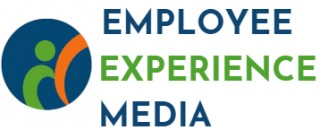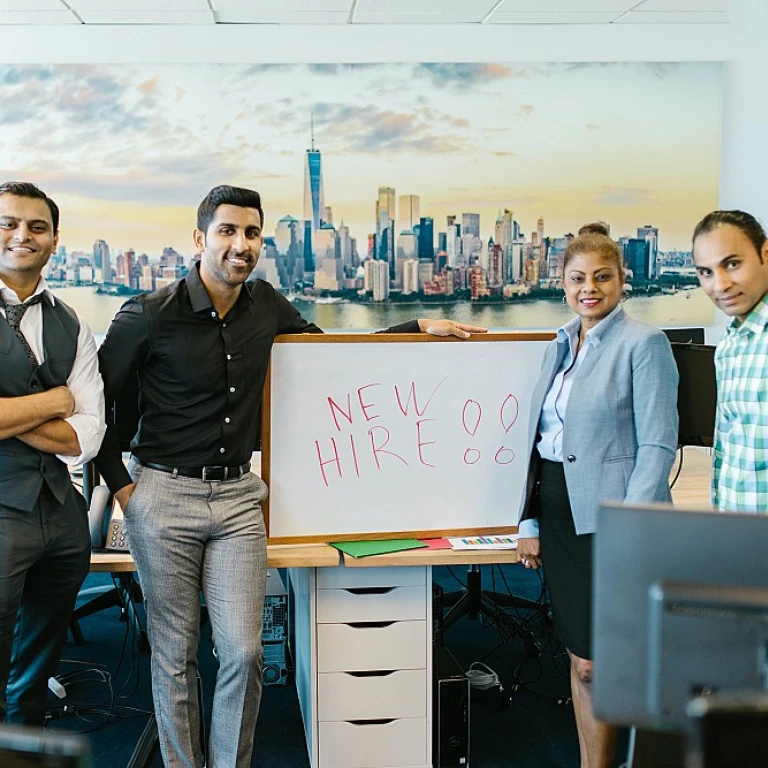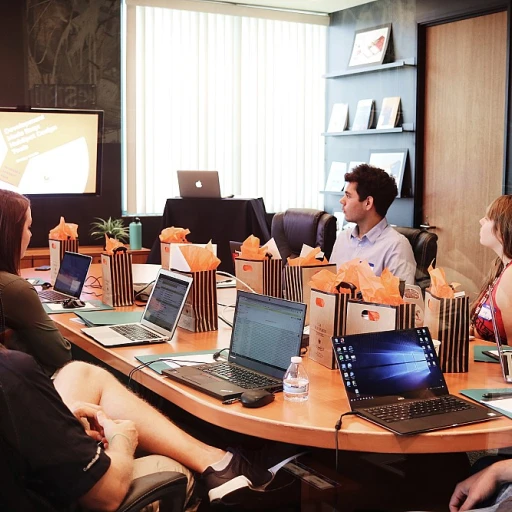
Understanding the Importance of Career Development
Recognizing the Impact of Career Growth on Employee Engagement
Career development is a crucial element in enhancing employee engagement. It represents not just a list of training sessions, but a comprehensive strategy for helping employees achieve their career goals. When a company invests in development programs, it signals to employees that their growth and advancement are valued. An effective career development plan aligns employee aspirations with organizational objectives, creating a symbiotic relationship where both parties benefit. Employees are more likely to remain with a company that fills their career growth needs. This alignment ensures the organization maintains a skilled workforce ready to meet evolving challenges.The Relevance of Structured Development Plans
Structured development plans provide a clear progression framework for employees. They outline both short-term and long-term career paths and are essential for consistent, measurable employee growth. By identifying career progression opportunities early, organizations can tailor training and learning development initiatives to suit individual needs, which helps employees develop pertinent skills over time. According to a study on development goals, employee engagement significantly improves when workers see a clear path to achieving their professional objectives. Ensuring that employees have access to growth opportunities is a best practice that successful companies adopt to retain talent and improve workplace morale.The Role of Training and Learning Initiatives
Training and learning initiatives are foundational to any career development plan. These opportunities equip employees with the skills necessary for both their current role and future positions. Offering comprehensive training development programs allows the organization to organically build a pool of talented individuals ready to fill critical positions as they arise. While the primary aim is to help employees achieve personal career goals, development programs also serve the organization's long-term objectives. By embedding ongoing professional development into the workplace culture, companies foster an environment where continuous learning and improvement are the norms, ensuring both employee satisfaction and company growth.Assessing Employee Needs and Organizational Goals
Aligning Employee Aspirations with Organizational Objectives
To craft effective career development programs, it is crucial to assess both employee needs and organizational goals. This alignment ensures that the career paths offered not only foster individual growth but also contribute to the company's long-term success. Understanding the definition of skill utilization can help in identifying how employees' skills can be best leveraged within the organization.
Conducting Comprehensive Needs Assessments
Begin by conducting a thorough needs assessment. This involves gathering data on employee aspirations, current skill sets, and desired career progression. Surveys, interviews, and focus groups can be effective tools in this process. Simultaneously, evaluate the organization's strategic goals to identify the skills and roles that will be critical in the future.
Creating a Balanced Development Plan
Once you have a clear understanding of both employee and organizational needs, the next step is to create a balanced development plan. This plan should include opportunities for learning and skills enhancement, such as training sessions, workshops, and mentorship programs. Consider both short-term and long-term career goals to ensure that employees have a clear progression framework.
Integrating Feedback and Flexibility
Feedback is essential in refining the development plan. Regularly solicit input from employees to understand their experiences and adjust the programs accordingly. Flexibility in the development plan allows the organization to adapt to changing business environments and employee needs, ensuring that the career development programs remain relevant and effective over time.
Setting Clear and Achievable Goals
Finally, set clear and achievable goals for both employees and the organization. These goals should be specific, measurable, and aligned with the overall development strategy. By doing so, you create a roadmap that helps employees understand their career paths and how their growth contributes to the company's success.
Designing a Structured Career Development Framework
Building a Comprehensive Career Development Framework
Designing a structured career development framework begins with the creation of a comprehensive plan that aligns with the company’s goals. It's essential to ensure the framework accommodates diverse career paths and caters to various employee needs within the organization.- Identify Career Paths: Start by outlining potential career paths within the organization. This will help employees visualize their long-term and short-term career progression, making it easier to stay motivated and focused on their career goals.
- Define Development Plans: Each employee should have an individualized development plan that includes targeted skills training and learning opportunities. This ensures that the development plans are tailored to each employee's future aspirations and the company's objectives.
- Integrate Effective Training Programs: A variety of training development programs should be incorporated into the framework, allowing employees to enhance their skills efficiently over time. These training sessions should be aligned with the organization's overall strategy to fill skills gaps and promote employee growth.
- Create Opportunities for Continuous Learning: Encouraging continuous learning through workshops, seminars, and courses is vital. Such programs not only improve employee skills but also boost morale and commitment to the organization.
- Foster Professional Development: Establish channels for professional development, such as mentorship programs and leadership training, to ensure employees have access to opportunities for career growth.
Implementing the Program Across the Organization
Rolling Out the Career Progression Framework
In establishing a robust career development program, implementing the framework across the entire organization is a pivotal step. Ensuring that the development plans align with both the company’s objectives and employees' career goals requires a meticulous approach, anchored in communication, training, and integration. Firstly, it's essential to clearly communicate the overall plan to all stakeholders. Employees at every level need to understand the goals of the program, the opportunities available, and how these opportunities will aid in their career growth. Clarity in communication helps employees envisage their own career paths and short and long-term career development goals. Next, thorough training and learning development programs should be initiated. Employees should have access to tools and resources to enhance their skills, further amplifying their professional development. Training sessions, interactive workshops, and continuous learning opportunities play an instrumental role in this phase, as they help employees prepare for new roles and responsibilities, thus contributing to their career progression. An inclusive and supportive environment is also necessary as it fosters career growth. Encouraging leaders and managers to support their teams actively can fill gaps in employee development, ensuring that employees not only set their career goals but also work towards them. Support can come in different forms such as mentorship, coaching, and regular feedback sessions. Finally, deploying the career development plans organization-wide involves regular monitoring and adjustment based on ongoing assessments of employee needs and organizational goals. Giving employees the flexibility to adapt their plans according to their changing career aspirations helps sustain engagement and motivation. While implementing these structured employee career development programs, it is crucial to ensure they are adaptable and responsive to real-time feedback, allowing for continuous improvement and alignment with the company's evolving strategies. By doing so, organizations demonstrate their commitment to helping employees achieve their professional aspirations, ensuring a thriving and dynamic workforce.Measuring Success and Gathering Feedback
Tracking Progress and Gathering Insights
In any career development initiative, evaluation and feedback are paramount for understanding how well the program aligns with organizational goals and employee needs. Regularly measuring success helps to ensure that both employees and the organization are reaping the intended benefits of the development plans.- Set Clear Metrics: To effectively measure success, it's essential to start with clear metrics that align with your career development objectives. These might include employee satisfaction scores, training completion rates, skill development tracking, and changes in productivity levels.
- Utilize Feedback Mechanisms: Establish robust feedback mechanisms such as surveys, focus groups, and one-on-one check-ins. This allows employees to voice their opinions on training opportunities and development programs. Gathering insights from various sources can help fill any gaps and refine the development frameworks over time.
- Monitor Career Progression: It's important to continuously monitor the career progression framework to ensure employees are achieving their individual career goals. Review their growth against the targets set within their development plans and adjust these as needed to promote long-term career growth.
- Align with Organizational Goals: Check that the outcomes of these programs are in symbiosis with the company's objectives. For instance, an increase in specific skills that boost the organization's productivity or innovation can be a strong indicator of program success.
- Review and Adapt: After gathering data, review findings to determine areas of success and those requiring improvement. Adapt the training development strategies to better address the evolving needs, helping employees to maximize their learning and career development potential.











